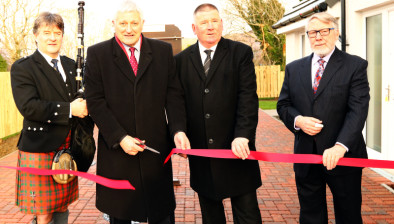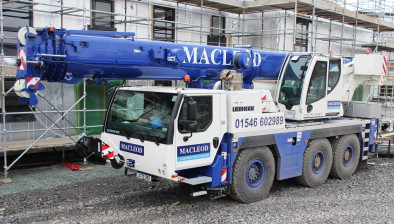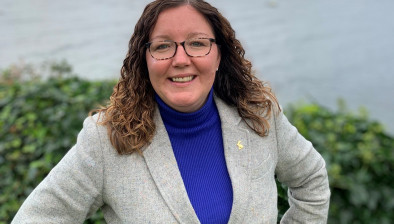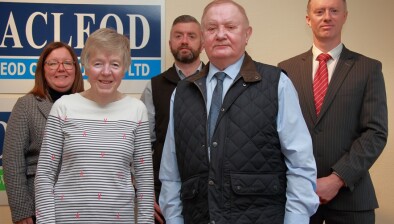Infrastructure costs ‘a key blocker to rural housing development’

Kenny MacLeod
The greatest hurdle facing housing development in rural areas is the affordability of infrastructure, according to the director of a construction firm with 45 years’ experience of building new homes across Argyll and beyond.
Kenny MacLeod of MacLeod Construction highlighted the issue in a recent interview with Rural Housing Scotland, calling on planning departments to rethink policies which appear to be more suited to urban areas.
“My company is building houses on the island of Jura”, explained Mr MacLeod. “The only public road on the island, from which access will be taken to the site, is single lane. The internal road system planned for 10 affordable homes is required to be designed to city standards, i.e. 5.5m wide with 2m pavements. If the Local Authority would allow that road design to be lowered, the savings made would fund additional houses within the footprint of the site.”
Mr Macleod also called for subsidies to cover the provision of utilities in remote rural locations to increase viability of rural builds.
Highlighting the potential for the construction industry to contribute to sustainable economic development in rural areas, Mr MacLeod pointed out that opportunities go beyond direct employment in the sector.
“We have lobbied the Scottish Government for funding to construct homes which include an integral workspace to allow a family to live in the home but for a business to be carried on in the workspace”, he added. “While there is Scottish Government funding for affordable housing and funding through HIE for workshop units there is no funding for such a combined unit. This type of property would allow young entrepreneurs to acquire a starter home or the middle-aged home worker to relocate.”
It has been suggested that approach is a way to reverse population decline in rural areas whilst building on lessons learned around the viability of home working during the global pandemic, as individuals and businesses take a more flexible view to where they need to be located to work in their chosen field.
The full interview is available here.























